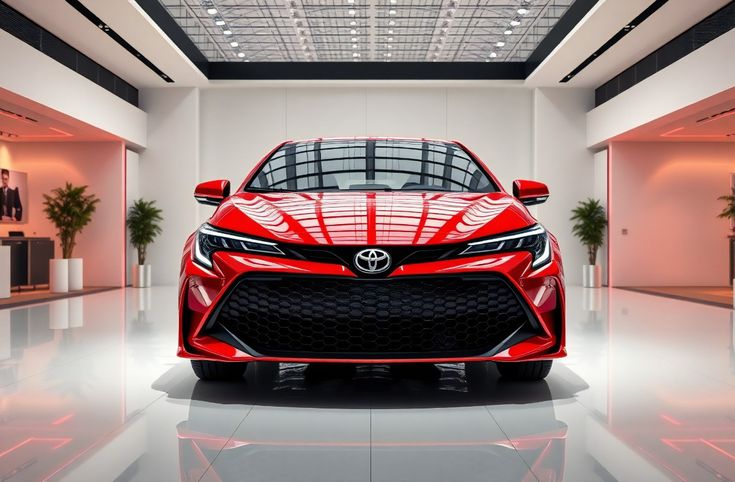Whether you’re commuting through misty mornings or enduring muggy monsoons, cabin humidity control is one feature that can make or break your driving experience.
While we often drool over horsepower and infotainment systems, one unsung hero in modern sedans is their HVAC (Heating, Ventilation, and Air Conditioning) system—especially how it handles internal humidity. A vehicle with stellar humidity management ensures clear windows, consistent comfort, and zero awkward towel-wiping moments mid-drive. Unfortunately, not every sedan nails it.
Some cars feature advanced automatic climate control systems with in-built humidity sensors that adjust airflow, temperature, and defogging intelligently. Others, however, lag with basic ventilation setups that are either too weak or poorly calibrated—resulting in window fogging, stuffy cabins, and compromised visibility.
As a car enthusiast who’s tested countless models in real-world conditions—from high-altitude roads to coastal humidity traps—I’ve ranked the five best sedans that offer flawless cabin dehumidification, followed by five popular sedans that, despite their strengths, tend to fog up too often for comfort.
This list is especially useful for first-time buyers, fog-fatigued drivers, or anyone serious about visibility and interior air quality. Here’s your guide to picking a sedan that not only looks sharp but also breathes right. Let’s clear the air—literally.
5 Sedans With the Best Cabin Humidity Control
When you need consistent comfort regardless of outside weather, these five sedans shine. From dual-zone auto climate control to high-efficiency cabin filters and active humidity sensors, these models go beyond cooling and heating.
They’re engineered for airflow precision, keeping fog at bay and maintaining crystal-clear visibility at all times. Here’s a breakdown of sedans that ace the cabin humidity game.
ALSO READ: 5 Cars That Avoid Transmission Problems and 5 That Constantly Slip
1. Honda Accord
The Honda Accord is a masterclass in balanced engineering, and its cabin humidity control is no exception. Honda has refined the Accord’s dual-zone automatic climate control system to respond quickly to even minor atmospheric changes.
Whether you’re entering a foggy tunnel or leaving a rainy parking lot, the windshield remains perfectly clear, thanks to its intelligent air-distribution technology.
One of the Accord’s strongest features is its integrated humidity and solar sensors, which constantly monitor cabin conditions and adjust airflow accordingly.
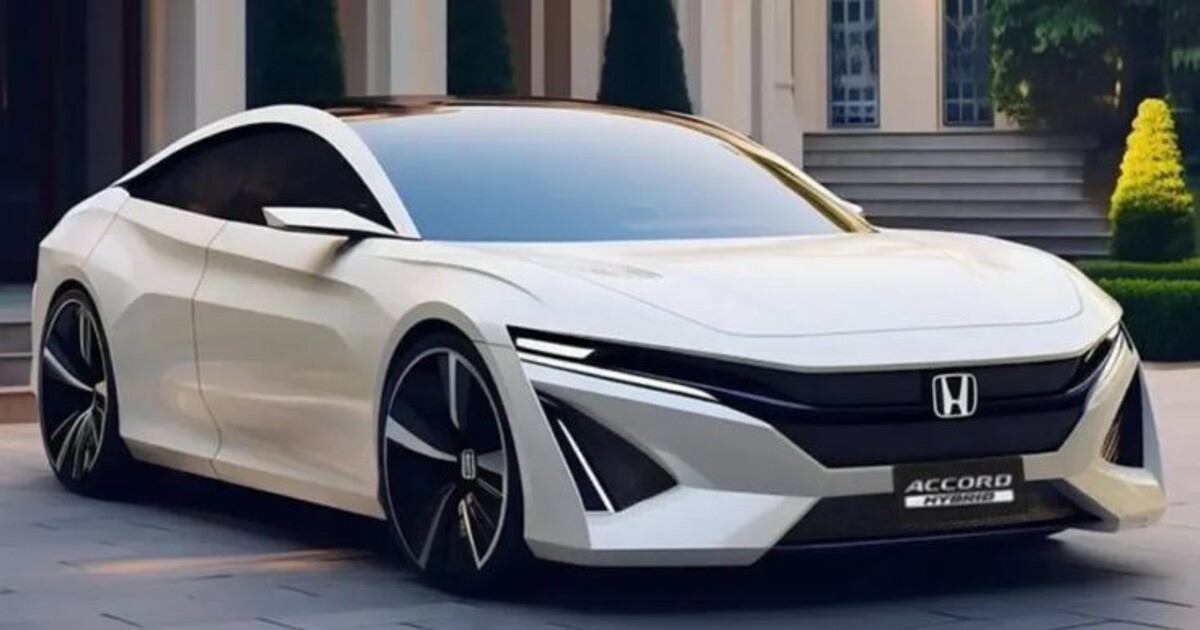
The rear-seat vents and multi-stage fan settings help create an even temperature throughout, reducing the possibility of cold spots that typically lead to condensation.
Plus, the air filtration system in the Accord is highly effective in regulating both moisture and contaminants, making it ideal for allergy sufferers and those in humid regions. It’s not just comfort—it’s control.
For anyone dealing with inconsistent weather or rainy commutes, the Accord is an oasis of calm. It manages humidity like a seasoned pilot—subtle, adaptive, and smooth. If you’re serious about clear visibility and year-round comfort, this sedan should top your list.
2. Toyota Camry
The Toyota Camry has long been a favorite among reliability enthusiasts, but it also delivers excellence in cabin climate control. The current generation Camry features a dual-zone automatic climate system that reacts swiftly to both humidity and ambient temperature changes.
What stands out is the nanoe™ air purification technology available in higher trims. This system doesn’t just purify the air—it also helps maintain balanced humidity levels, minimizing condensation on the windshield and windows.
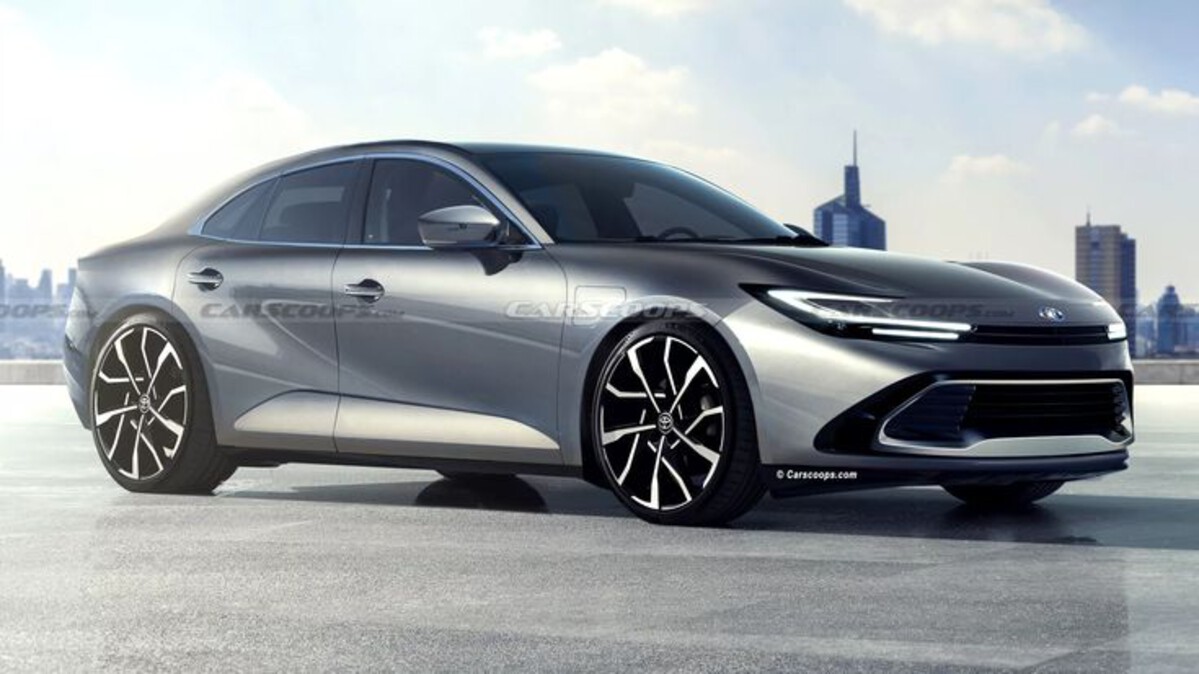
The Camry also boasts acoustic-insulated glass that aids in maintaining internal temperature while reducing the chances of interior fogging due to external moisture. Air vents are well-positioned and powerful enough to reach all corners, ensuring uniform dehumidification.
Moreover, Toyota’s reputation for tight cabin sealing works in its favor here, reducing the infiltration of outside moisture. Whether stuck in traffic during a storm or navigating early morning mist, the Camry delivers exceptional window clarity and comfort.
For those who value clean, dry air with minimal manual adjustment, the Camry’s system works quietly and efficiently in the background, true to Toyota’s philosophy of refined simplicity.
3. BMW 3 Series
Luxury meets functionality in the BMW 3 Series, and its cabin humidity regulation is truly a step above. Fitted with a three-zone climate control system in many trims, the 3 Series takes personalized comfort seriously. But it’s the precision of its air management that really counts here.
The automatic recirculation control feature is brilliant—it determines when outside humidity is too high and switches to internal circulation, preventing the fogging that can creep in unnoticed. BMW also integrates a high-performance microfilter system that absorbs moisture before it condenses on surfaces.
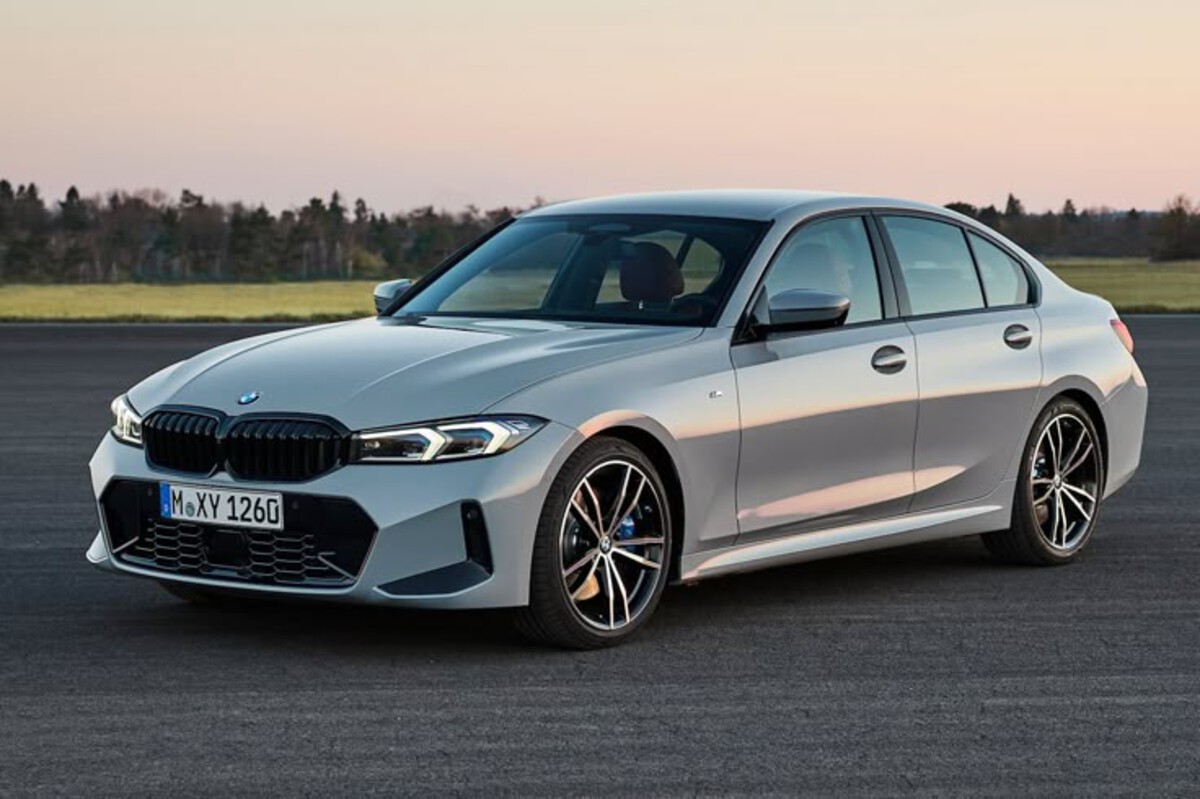
Additionally, its iDrive system allows users to monitor and adjust ventilation levels with ease, even remotely in newer models. Combine that with heated side mirrors and windshield wiper de-icers, and you’re looking at a car built for zero-fog drives in any climate.
Not only does the 3 Series preserve visibility and comfort, but it does so while maintaining the performance-driven experience BMW is known for. A tech-savvy choice for drivers who crave both excitement and clarity.
4. Hyundai Sonata
Hyundai has really stepped up its game with the Sonata, especially in how it manages cabin air quality and moisture. The modern Sonata comes equipped with an automatic climate control system that’s surprisingly intuitive for its segment.
Key to its humidity-fighting arsenal is its CleanAir Ionizer system, which reduces airborne particles and keeps internal moisture in check. What’s more impressive is the After-Blow technology—a feature that kicks in after the car is turned off to prevent mold buildup by drying out the evaporator.

This is an especially smart touch in humid regions, as it prevents the dank smell and moisture accumulation that many other sedans struggle with.
The cabin layout helps, too. Vents are positioned for optimal airflow, while the windshield defogger reacts quickly when visibility starts to blur. The Sonata proves that affordable doesn’t mean cutting corners on comfort or technology.
In a market segment that often skimps on ventilation features, the Sonata is a breath of fresh (and dry) air.
5. Mazda6
The Mazda6 may fly under the radar for some buyers, but those who’ve driven it in varying climates know just how well it tackles internal humidity issues. Featuring a highly responsive dual-zone automatic climate system, the Mazda6 adjusts temperature and airflow distribution without breaking a sweat—or letting you sweat.
What really sets the Mazda6 apart is its Active Driving Display and climate control interface that shows when defogging is active, giving drivers confidence and clarity in real-time.
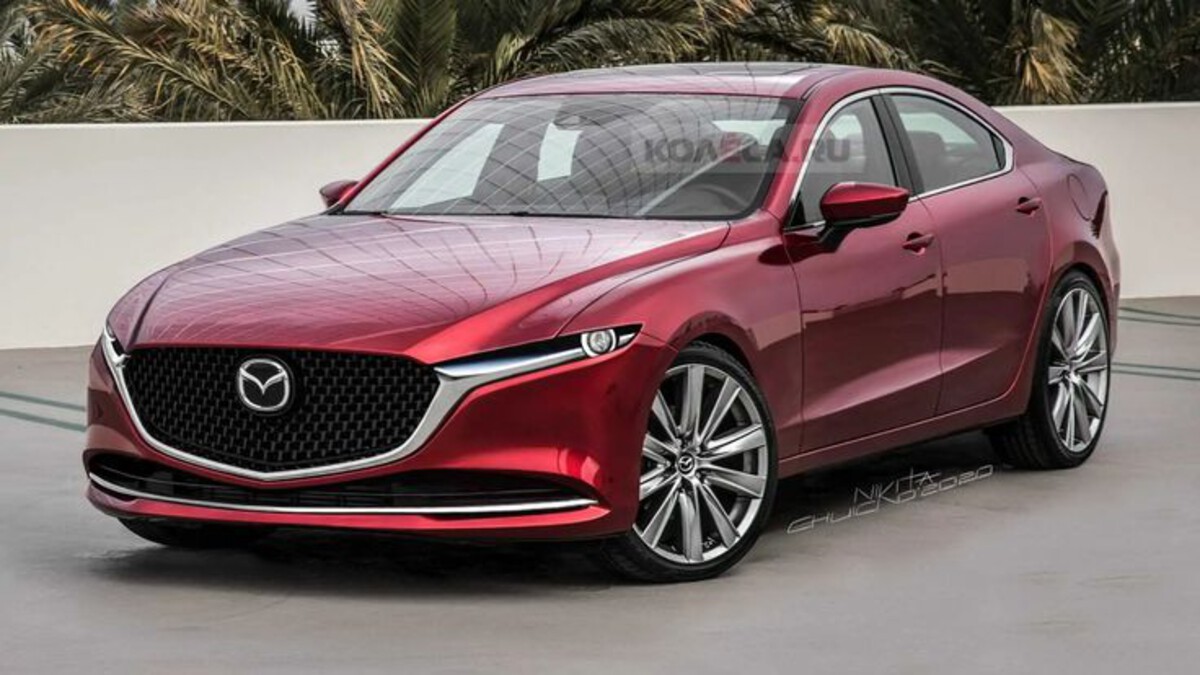
The HVAC system is precise, with a fine-tuned air filtration unit that removes moisture effectively while ensuring quiet operation. Vents are wide and front-loaded for fast windshield defogging, with rear vents helping to balance the cabin quickly.
For people in coastal cities or areas prone to monsoon showers, this sedan is a quiet performer that never lets fog cloud your view—literally or metaphorically.
5 Sedans Prone to Fogging
Not all sedans are equal when it comes to handling cabin moisture. Despite their popularity or luxury status, these five models struggle with inefficient defogging systems, poor airflow design, or a lack of cabin dehumidifiers. If you live in a high-humidity area or experience frequent windshield fog, these sedans might test your patience—and visibility—more than you’d expect.
ALSO READ: 5 Low-Maintenance Trucks and 5 That Need Constant Work
1. Nissan Altima
While the Nissan Altima impresses with sleek styling and highway performance, its climate control system leaves much to be desired in fog-prone conditions. Drivers often report sluggish defogger response and uneven airflow distribution, especially during cooler mornings.
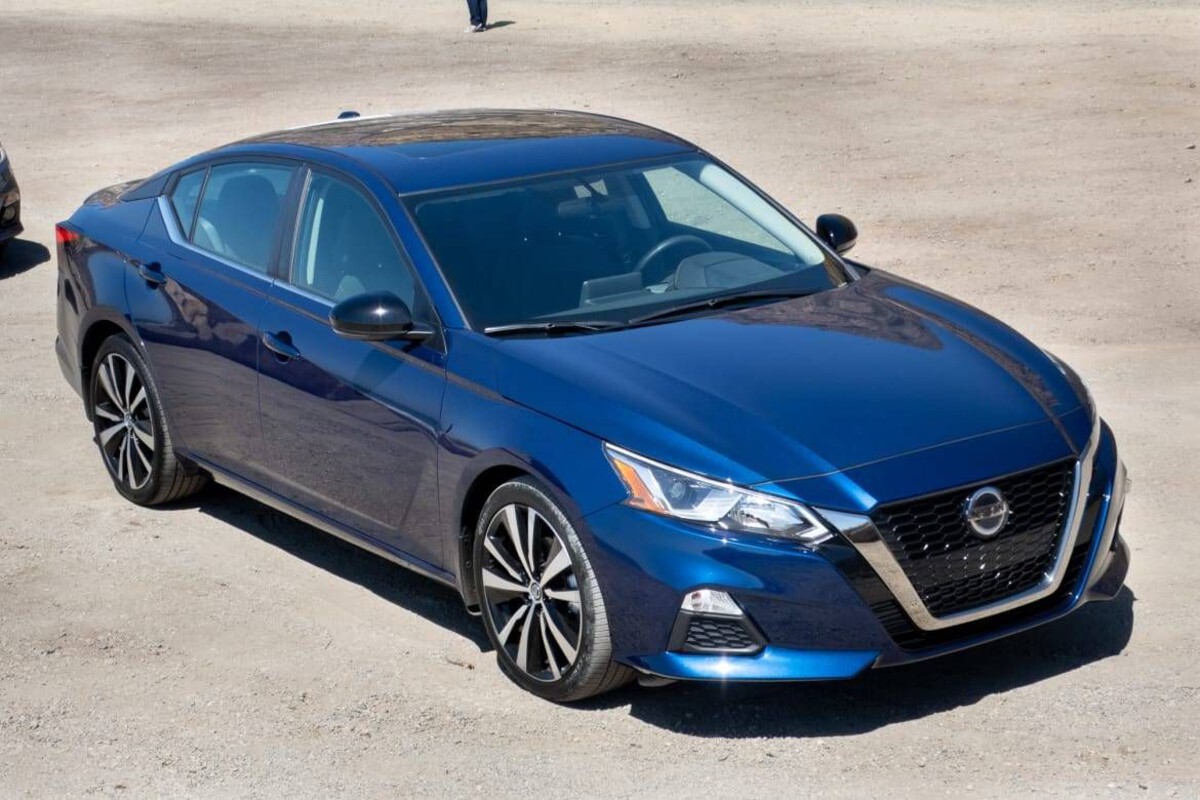
Its HVAC system lacks any real-time humidity sensor or proactive dehumidification, which often results in windows fogging up quickly and taking longer to clear.
Even with dual-zone climate control in higher trims, the lack of strong blower output and poor cabin sealing make it a headache during rainy days. Unless you constantly fiddle with the settings or crack a window, visibility can become a serious concern.
2. Chevrolet Malibu
Chevy’s Malibu brings a lot to the table in terms of design and fuel economy, but when it comes to cabin humidity control, it underdelivers. Many users note slow-reacting defrost systems, often requiring manual adjustment to mitigate window fog.
The lack of an advanced air ionizer or humidity sensor means internal moisture builds quickly, especially in cold or wet weather.
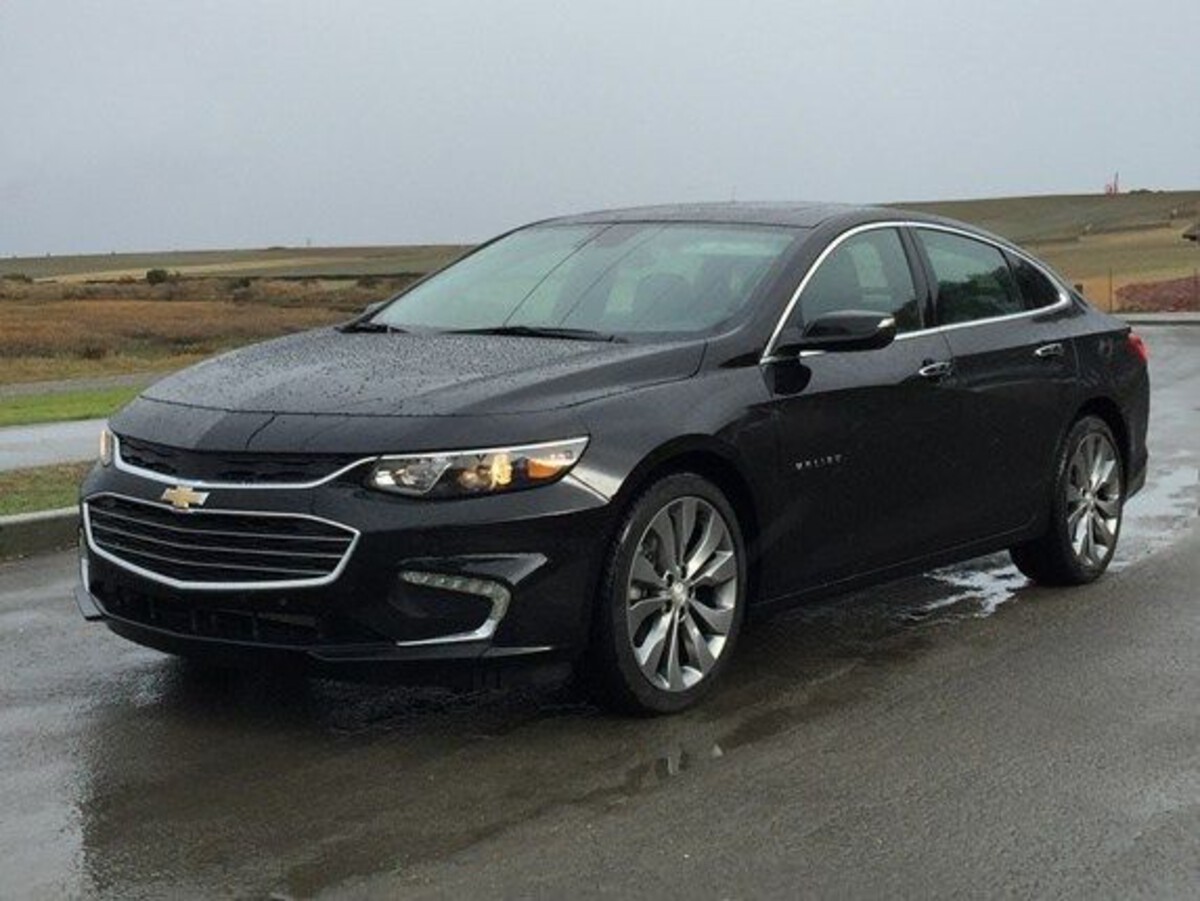
Rear passengers are particularly affected due to limited air vent coverage, which leads to uneven air distribution and increased condensation. For drivers in humid climates, it’s a car that might demand a lot more climate system babysitting than it should.
3. Volkswagen Jetta
The Volkswagen Jetta may carry that trusted German engineering label, but when it comes to interior moisture control, it’s not exactly dialed in. Plenty of drivers in humid or swing-season climates have noticed a consistent issue: foggy windshields and windows that just don’t clear fast enough. It’s not just a rare glitch—it’s a pattern.
Part of the blame goes to the HVAC system, especially on the base trims. It’s pretty barebones and lacks key features like humidity sensors, which could’ve helped the system adjust automatically.
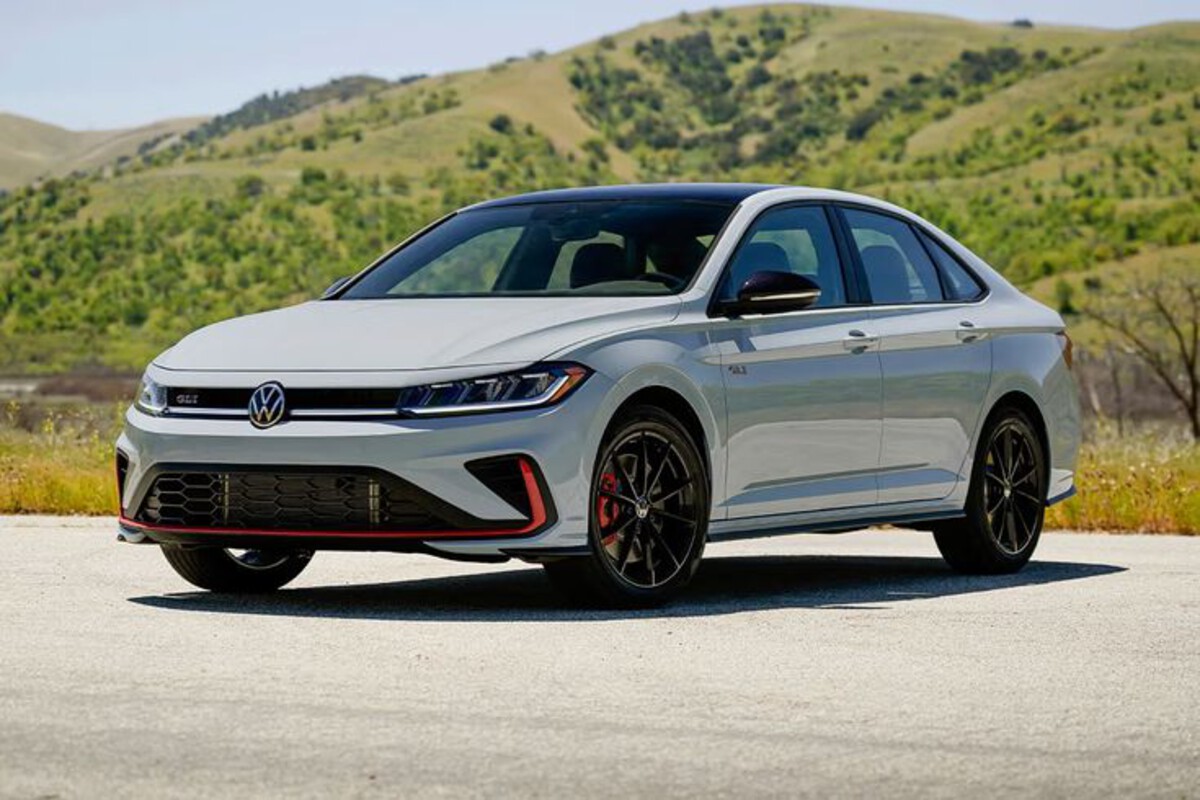
Without that, you’re stuck manually cranking knobs while the windows cloud up. And even though the vents are adjustable, they don’t push out strong enough air to quickly defog everything, especially the far edges of the glass.
It’s a fine performer in dry weather, no question. But the minute moisture creeps in, the Jetta turns into a rolling sauna with visibility issues. You’ll find yourself wiping glass more than you’d like—especially during early mornings or rainy commutes. For a brand that’s all about precision and engineering, this is one of those frustrating oversights that makes you wonder how it slipped through the cracks.
4. Kia Forte
The Kia Forte checks a lot of boxes for budget-conscious buyers—affordable, decent fuel economy, and pretty modern looks. But once you hit a humid day or rainy morning, the car shows its weak spot: moisture control.
The climate system just reacts too slowly. The blower fans don’t move enough air to clear up foggy windows fast, and if you’ve got passengers adding extra body heat, the cabin heats unevenly and visibility drops fast.
Even in newer models, this hasn’t improved much. Owners still report poor airflow direction, especially around the corners of the windshield where it matters most.

That means you’ll often see streaks of fog linger no matter how high the fan is cranked. And if you’re riding in the back? Good luck. Lower trims don’t even offer rear air vents, so backseat passengers end up sweating while the front tries to stay cool.
It’s a frustrating flaw in a car that otherwise makes a lot of sense for daily driving. But if you live somewhere humid or rainy—or just hate scraping fog off the glass every other morning—the Forte’s weak defogging game could turn into a daily annoyance. It’s one of those “you won’t notice until you live with it” issues.
5. Dodge Charger
Big, bold, and fast—the Dodge Charger is a muscle car in a sedan’s clothing. Unfortunately, its climate control isn’t as muscular. The automatic defogging system lags, and it often fails to adequately manage humidity in the rear cabin.
The HVAC system lacks finesse. It cools or heats rapidly, but without balanced moisture regulation, it results in quick window fogging during temperature shifts. Rear passengers in particular report poor ventilation and stuffy air on rainy days.
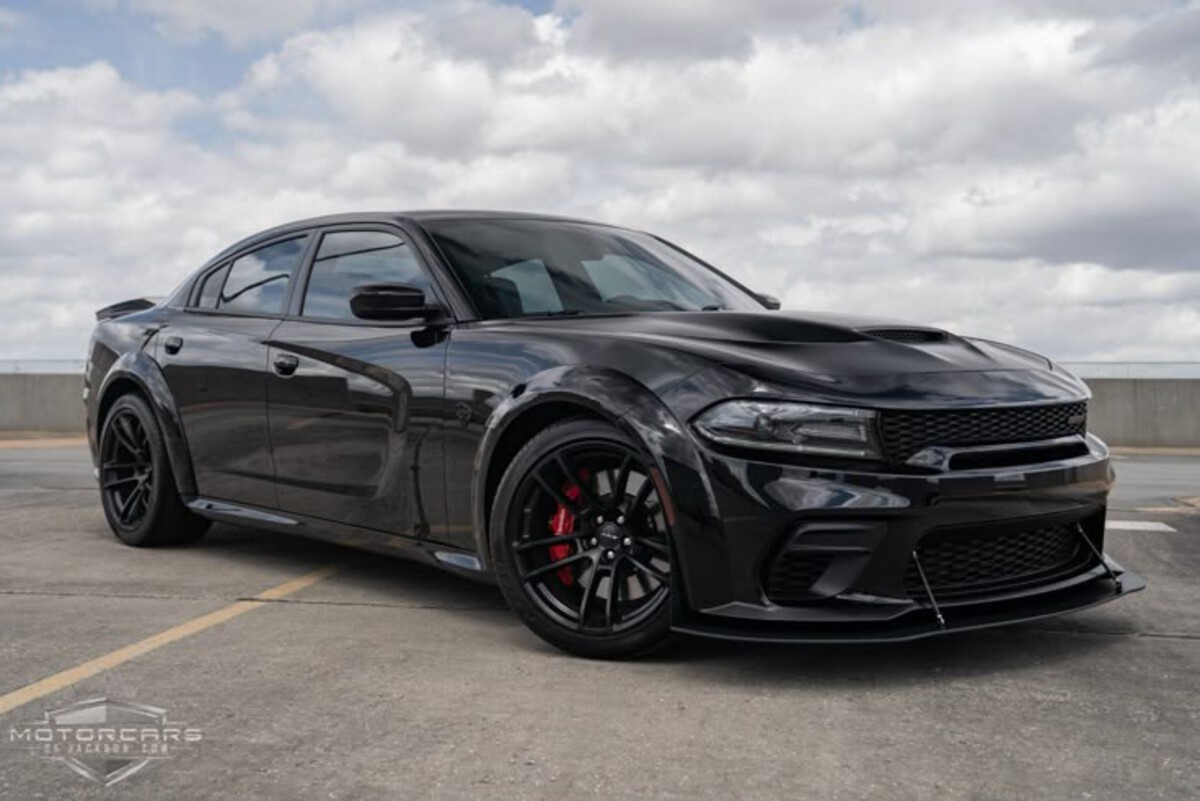
When buying a sedan, we often focus on horsepower, infotainment, or styling, but interior climate performance is just as crucial, especially in regions prone to humidity or sudden temperature shifts. Clear windows mean safe driving, and a well-regulated cabin makes every commute smoother.
The top five sedans we explored—Honda Accord, Toyota Camry, BMW 3 Series, Hyundai Sonata, and Mazda6—offer excellent humidity control, using smart sensors, air ionization, and well-calibrated airflow to ensure your cabin stays dry and your visibility sharp.
On the other hand, models like the Nissan Altima, Chevy Malibu, VW Jetta, Kia Forte, and Dodge Charger, while commendable in other areas, falter when it comes to managing moisture and maintaining clear windows.
If fogged glass, stale air, or erratic HVAC controls have frustrated you before, now you know which sedans prioritize your comfort, health, and safety with better cabin dehumidification.
Whether you’re battling monsoons in Mumbai or early morning fog in Chicago, investing in a sedan with solid cabin humidity control isn’t just smart—it’s essential.

